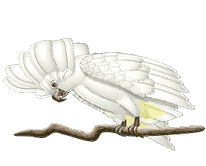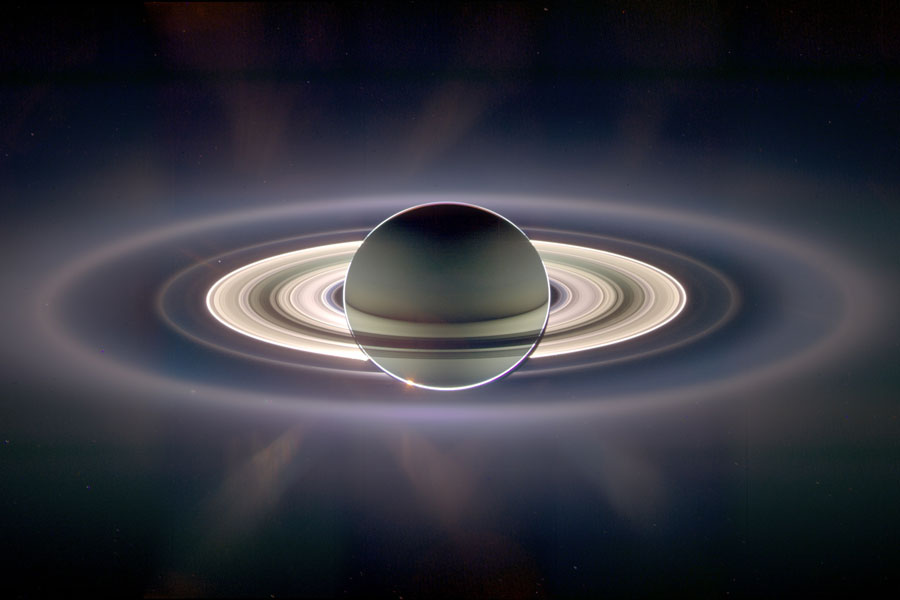- A Collection of Voyages. In Four Volumes. Containing I. Captain William Dampier's Voyages round the World ... (London, James and John Knapton, 1729) Vol. I The earliest description of the Australian Aborigines by an Englishman was that given by William Dampier in his account of a voyage round the world, from 1679 to 1691. During the course of this he landed on north-western Australia, at King Sound, on 5 January 1688. He and his men stayed until 12 March. Dampier described the land and the aborigines. Of the country he wrote.
- HAWKESWORTH, John (ed.) An Account of the Voyages undertaken by the order of His Present Majesty for making Discoveries in the Southern Hemisphere ... by Captain Cook, ... in three volumes. (London, W. Strahan and T. Cadell, 1773) Vol. III The Endeavour sailed into Botany Bay on 28 April 1770. The crew sighted four small canoes, each with one man aboard, "very busily employed in striking fish with a long pike or spear." (p. 492) The boat passed within a quarter of a mile of the men, but, "possibly being deafened by the surf, and their attention wholly fixed upon their business," the aborigines neither saw nor heard them.
- "A Man of Van Diemen's Land. A Woman of Van Diemen's Land" in ANDERSON, George William (ed.) A New, Authentic, and Complete Collection of Voyages Round the World undertaken and performed by Royal authority. Containing a new ... account of Captain Cook's ... Voyages (London, Alex. Hogg, [1784]) In January 1777, during Cook's third voyage to the south seas, he landed at Adventure Bay, Van Diemen's Land. He and his crew spent some time ashore getting supplies of water, and on the 28th they encountered a group of male Aborigines,
- "Natives of Botany Bay" in PHILLIP, Arthur. The Voyage of Governor Phillip to Botany Bay. 2nd ed. (London, John Stockdale, 1790) Ferguson 90.
- “Hut in New South Wales” in PHILLIP, Arthur, The Voyage of Governor Phillip to Botany Bay.(Dublin, P. Byrne [et al] 1790) Ferguson 93.
- “Family of New South Wales” in HUNTER, John, An Historical Journal of theTransactions at Port Jackson and Norfolk Island (London, John Stockdale, 1793) Ferguson 153.
- "View of Port Jackson, taken from the South Head" and "View of Murray's Islands, with the natives offering to barter", in FLINDERS, Matthew, A Voyage to Terra Australis (London, G. and W. Nicol, 1814) Vols. I and II. Ferguson 576. Matthew Flinders (1774-1814) is best remembered as the first man to circumnavigate Australia. This he did in the Investigator during 1801 and 1802. In 1803, on his way back to England in the Cumberland, he encountered a storm while en route to Cape Town and was forced to put in to Mauritius. England and France were at war at the time and Flinders was imprisoned until 1810. After his return to England, he published his Voyage to Terra Australis (1814), 2 vols. 4to, and a folio atlas.
- "Courtship" in BARRINGTON, George, The History of New South Wales (London, M. Jones, 1810) Ferguson 487. In the late eighteenth and early nineteenth centuries, there was a trend away from idealization to ethnographical accuracy. This is best shown in William Watling's illustrations of initiation ceremonies published in David Collins' First Fleet journal, An Account of the English Colony in New South Wales(1798); photographs of eight of these illustrations appear on one of the screens in this exhibition. But there was also a tendency in some quarters toward caricature or sensationalism. The hand-coloured illustration of "Courtship" from Barrington's History is an example of this.
- DUMONT D'URVILLE, Jules Sebastian César, le Comte. Voyage Pittoresque Autour Du Monde(Paris, Chez L. Tenré, 1835) Two copies of Vol. 2 are on display.
"New Holland is a very large tract of land. It is not yet determined whether it is an island or a main continent; but I am certain that it joyns neither to Asia, Africa, nor to America." (p. 463)
Dampier's statement concerning the natives is now seen as rather more tendentious,
"The inhabitants of this country are the miserablest People in the world. The Hodmadods of Monomatapa, though a nasty people, yet for wealth are gentlemen to these; who have no houses and skin garments, sheep, poultry and fruits of the earth, ostrich eggs &c. as the Hodmadods have: and setting aside their humane shape, they differ but little from brutes." (p. 464)
The ship anchored "abreast of a small village." A woman came out of the woods, followed by three children. "She often looked at the ship, but expressed neither fear nor surprise: ... she kindled a fire, and the four canoes came in from fishing. The men landed, and having hauled up their boats, began to dress their dinner, to all appearance wholly unconcerned about us, though we were within half a mile of them." (p. 492)
After dinner, the Endeavour's boat was put out to go ashore to get water. The crew hoped the natives would continue to pay them scant attention but "as soon as we approached the rocks two of the men came down upon them to dispute our landing, and the rest ran away. Each of the two champions was armed with a lance about ten feet long, and a short stick which he seemed to handle as if it was a machine to assist him in managing or throwing the lance: they called to us in a very loud tone, and in a harsh dissonant language. ... they brandished their weapons, and seemed resolved to defend their coast to the uttermost, though they were but two and we were forty." (pp. 492-3)
Cook commented, "I could not but admire their courage."
For Parkinson's illustration of the two Aborigines, see item 59.
"They approached us without betraying any marks of fear, or rather with the greatest confidence imaginable; none of them having any weapons except one, who held in his hand a stick about two feet long and pointed at one end. They were quite naked, and wore no ornaments unless we consider as such, some large punctures in different parts of their bodies, some in straight and others in curved lines. The men were of middle stature but rather slender. Their skin and hair were black; and the latter as woolly as that of any native of Guinea; but they were not distinguished by remarkable thick lips, nor flat noses. On the contrary, their features were far from being disagreeable. ... Most of them had their hair and beards smeared with a red ointment, and some also had their faces painted with the same composition." (p. 424) The illustration on the dust wrapper of item 58, taken from a portrait by Petit of one of the Tasmanian natives seen during Baudin's visit to Van Diemen's Land in 1802, clearly shows the "red ointment".
Later a group of women came, "some with children on their backs, and some without children. The former wore a kangaroo skin fastened over their shoulders, the only use of which seemed to be, to support their children on their backs, for it left those parts uncovered which modesty directs us to conceal. Their bodies were black, and marked with scars like those of the men; from whom, however they differed, in having their heads shaved; some of them being completely shorn, others only on one side, while the rest of them had the upper part of their heads shaved, leaving a very narrow circle of hair all round." (p. 424)
Governor Phillip's Voyage to Botany Bay, first published in 1789, is possibly the most important of the "First Fleet Journals". It describes the journey out to New South Wales and the settlement of Sydney. The illustrations are by Robert Cleveley, an artist who never went to "Botany Bay". Bernard Smith, in his book, European Vision and the South Pacific, remarks (2nd ed., p. 172) that, although the English publishers had their artists base the natural history illustrations on those drawn on the spot, they rejected similar drawings of the natives. Smith points out that,
"Both Phillip's Voyage and Hunter's Journal [another of the First Fleet Journals], were expensive quartos handsomely produced by subscription and designed to interest virtuosi and men of taste for whom the image of the native as a noble savage still held a strong quasi-aesthetic appeal. Consequently illustrations of aborigines...[in] Phillip's Voyage are not based upon drawings sent from Sydney but upon neo-classical prototypes of the noble savage as used ... for the illustration of Cook's Voyages." (pp. 172-3)
"In Cleveley's Hut in New South Wales a native family is placed in an idealized parkland setting beside amia-mia commodious and dignified enough for a noble savage to live in, while a putto holding an enormouswomerah serves as a piccaninny, and a coconut palm symbolizes the South Seas." (p. 173)
"Nevertheless, the publisher has included one example of a typical noble savage family, the Family of New South Wales, engraved by William Blake from a sketch traditionally attributed to Governor King [a photograph of the original watercolour by King can be seen on one of the screens in this Exhibition] ... Blake has, like so many other engravers, elevated the conception and refined the drawing. ... Unlike [the engravers who worked on the illustrations for Cook's Voyages], for whom the noble savage was little more than a special application of the elevated style suited to history painting, Blake was personally interested in the moral status of the life of savages and the problem it posed Christian theology." (p. 173)
In Smith's opinion, "Although [this illustration] comes towards the end of the history of the type, there is no finer pictorial expression of the idea of the noble savage in visual art than Blake's engraving." (p. 174)
William Westall was the artist on the Investigator. The two engravings on display are from his sketches.
The "View of Port Jackson taken from the South Head" shows an aboriginal couple in an Eden-like setting. They are figures in a landscape of recognisable Australian vegetation; note for example the banksia, and the grass trees.
The "View of Murray's Island with the natives offering to barter" is included partly for its topicality. Murray Island is where the Mabo dispute began. There are actually three islands in this group. They are about 100 miles east north-east of Cape York. The inhabitants are Papuans rather than Australian aboriginals. Flinders visited the island in the Investigator on 29 October 1802.
The natives were offering to barter coconuts, “joints of bamboo filled with water”, bananas, and bows and arrows, for anything made of iron, preferably axes or hatchets. (see pp.108-9)
Barrington's History of New South Wales was first published in parts in 1802-03. George Barrington (c.1755-1804) was infamous as "The Prince of Pickpockets". In 1790 he was sentenced to seven years transportation and arrived in Sydney in 1791. The books published over his name, Barrington's Voyage and Barrington's History, were Grub Street productions quite independent of Barrington, written merely to exploit his notoriety with the public. They were cobbled together from a variety of official and unofficial sources. Barrington was angry at this imposition, and received no benefit from the undoubted success of the works. The illustrations, as can be seen from this example, owe more to crude stereotypes of primitive behaviour than to any genuine observation.
Dumont D'Urville was lieutenant to Duperry during the voyage of La Coquille to the Pacific in 1822-25. That vessel called at Port Jackson in January 1824. He was given command of the ship, renamed L'Astrolabe, in 1826, and made two lengthy voyages during the course of which he surveyed many of the Pacific islands, and parts of Antarctica. He also spent time along the north-west coast of Australia. He is perhaps best remembered as the person who discovered many of the relics of the ill-fated La Perouse expedition.
This two volume work is a compilation from various travel accounts, and includes many re-engraved illustrations from the earlier works. The illustration of the ceremony for removing the young warrior's tooth is adapted from one of the illustrations to Collins' Account referred to above; while the "Cérémonies Preliminaires d'un Mariage Australien", is another version of the subject treated in the Barrington illustration. There were very intricate marriage taboos among the aborigines and many of the inter-tribal disputes arose from the abduction of women.







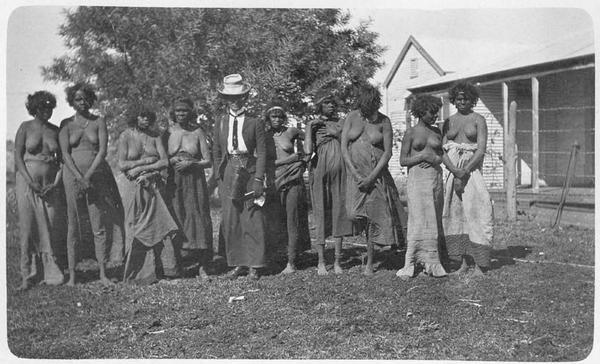



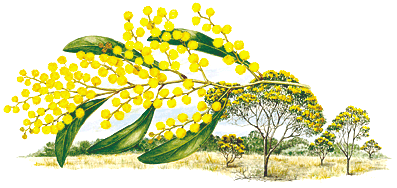


+copy.jpg)










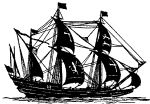


















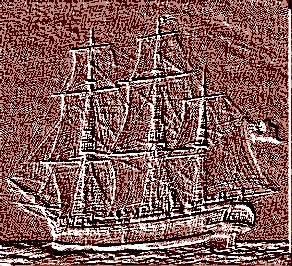




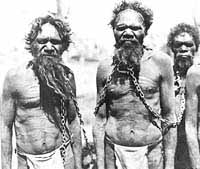
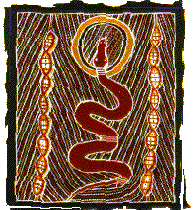

















.jpg)






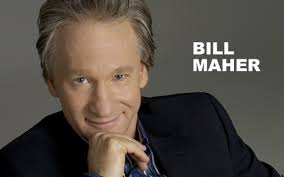
















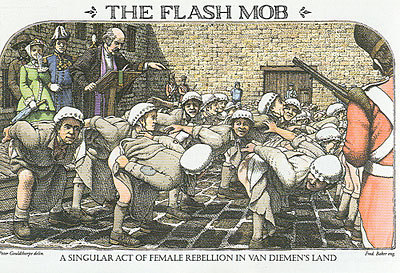
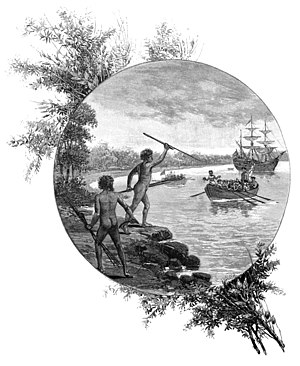 G
G







.jpg)



